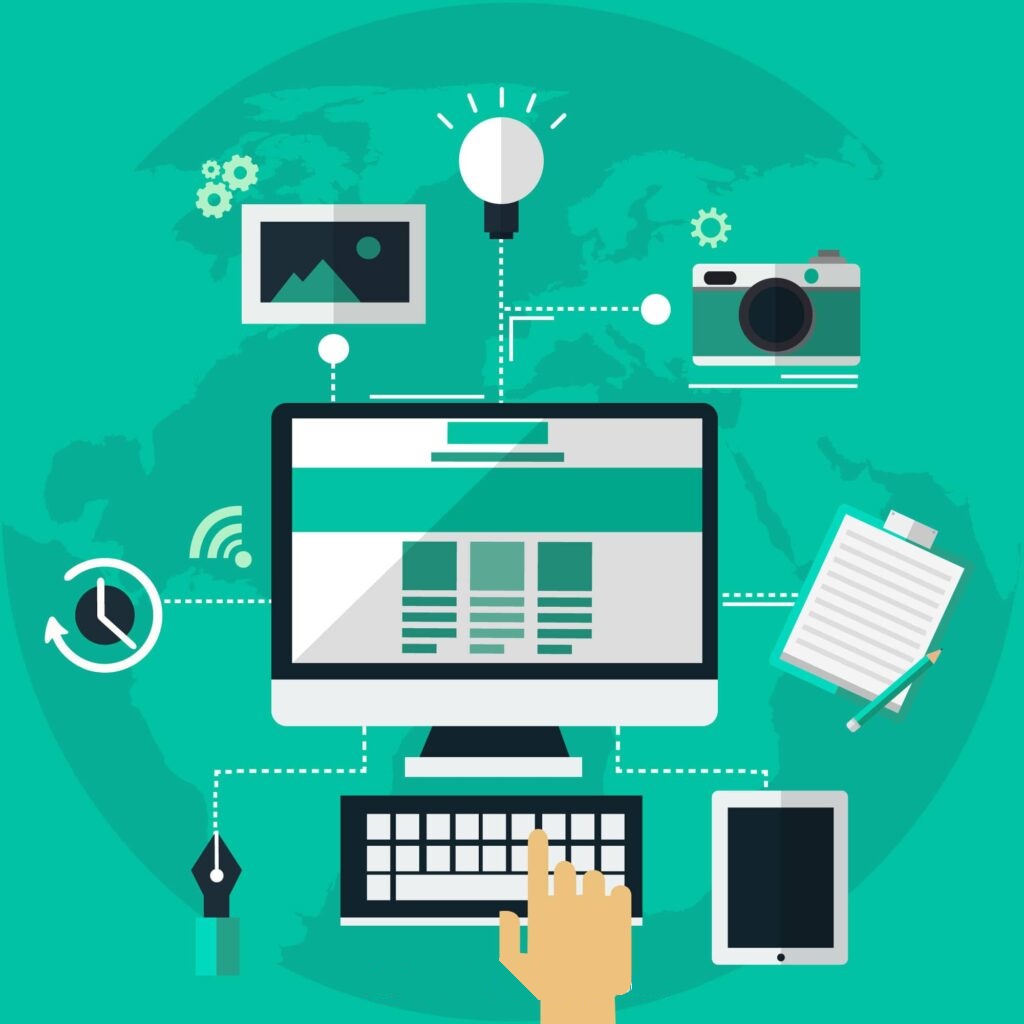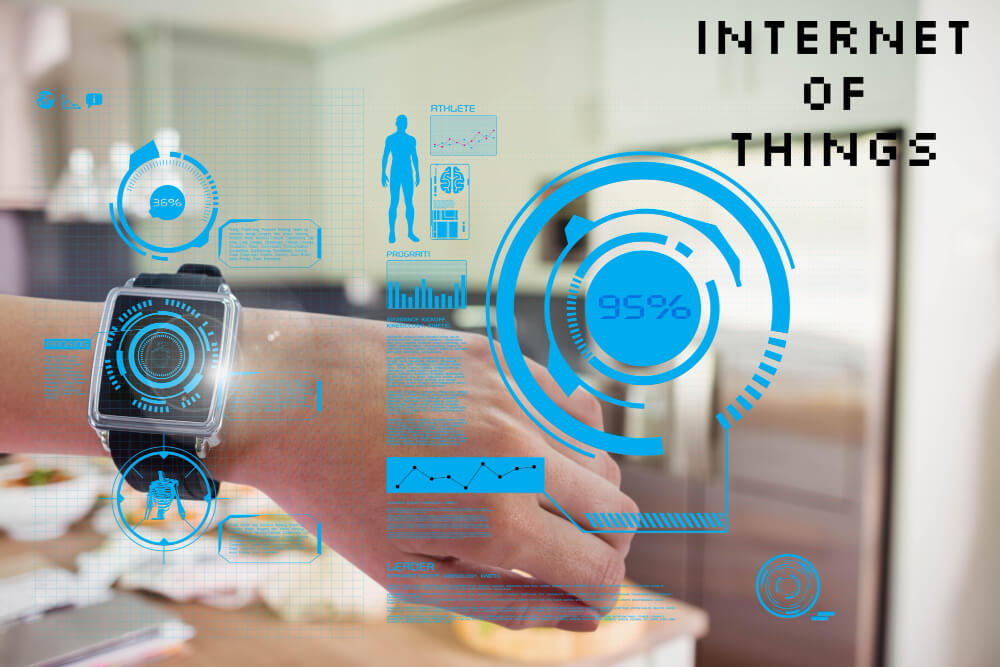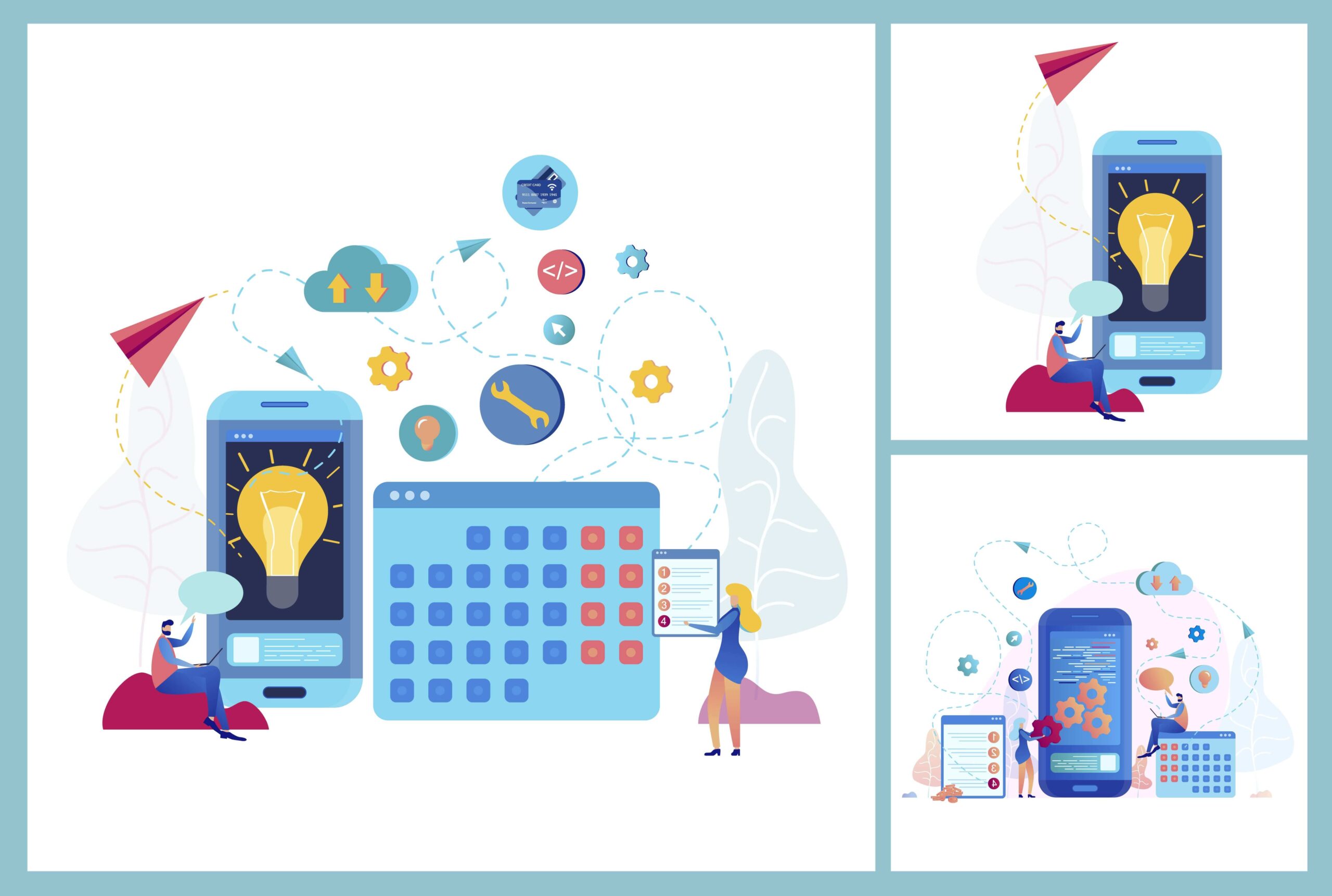IoT Remote Device Management refers to the process of gaining access to IoT devices so that their operation can be remotely monitored and managed. An IoT system requires efficient management of its conceivably millions of connected devices. Numerous independent devices are collaborating to achieve shared purpose is the basic foundation of IoT systems.
Without a suitable IoT remote management solution, businesses cannot make the best use of IoT devices or comprehend the system’s operating state. Issues with particular pieces of equipment can be identified and fixed remotely with IoT devices, preventing problems from negatively affecting the system as whole.
There are several factors that all work together to improve the operation of the underlying IoT system, and they all make communication with the sensors and devices in an IoT environment crucial..The efficient management of IoT devices remotely might be hampered by a number of issues. You can lessen these possible issues by utilizing the appropriate IoT remote administration software.
The following list of issues with remote administration in IoT contexts is not all-inclusive.
Challenges of Managing IoT Devices Remotely
1.Security –
Making sure the underlying environment is secure is the key problem in remotely operating IoT devices. Every gadget, sensor, and endpoint gives attackers a fresh base from which to attack the system. An organization’s or the public’s safety may suffer greatly if a single device were compromised.
2.Privacy-
Protecting the privacy of data transmitted in IoT contexts is one of the security challenges. Information should be encrypted in order to protect it in the event of a data breach, in addition to strong authentication. Businesses who decide against encrypting data in an effort to improve performance are greatly risking their precious data.
3.Network reliability and performance –
IoT systems are only as reliable as their networks. The Internet of Things (IoT) environment is essentially meaningless if gadgets and the data centers processing their information cannot communicate with one another. When creating an Internet of Things system, resilient networks must be ordered from reputable vendors.

Key Components of IoT Remote Device Management
1.Device Provisioning:
In IoT RDM, provisioning of devices is the first stage. Creating secure communication channels, assigning distinctive IDs, and securely onboarding new devices into the network are all necessary steps in this process.
2.Device Configuration:
After devices are set up, administrators can configure them remotely. This includes changing things like network settings, protocols, and access restrictions. The configuration process is made simpler and the IoT ecosystem is ensured of consistency with this centralized approach.
3.Monitoring and diagnostics:
Remote device management allows for in-depth, real-time monitoring of device health, connectivity, and performance indicators. Key indicators can be tracked by administrators, anomaly warnings can be sent, and possible problems can be identified before they have an impact on operations.
4.IoT device update:
Updating IoT devices with the most recent firmware and software is essential for security and performance. IoT RDM enables remote monitoring deployment of updates, ensuring devices are equipped with the latest patches, bug fixes, and enhancements.
5.Security and Authentication:
To secure devices and data, IoT RDM employs strong security mechanisms. This entails enforcing authentication protocols, encrypting communication channels, and keeping an eye out for any irregularities or breaches.
6.Over-the-Air (OTA) Updates:
Without requiring physical access to the device, OTA updates let administrators remotely upgrade the software and firmware on it. With the help of this functionality, updates may be made more quickly, with less downtime, and with the smooth deployment of new features and problem fixes.
7.Analytics and Insights:
IoT RDM platforms frequently offer data analytics features, enabling administrators to extract insightful information from device data. These information can be used to make well-informed decisions, identify usage patterns, forecast maintenance needs, and optimize operations.
8.Remote Troubleshooting:
When difficulties occur, remote device management enables administrators to identify and address issues without the need for on-site visits. Real-time monitoring, remote device access, and powerful diagnostic tools speeds up and shorten the resolution time for issues.
Best Practices for IoT Remote Device Management
1.Plan for Scalability:
Scalability should be taken into account from the start by selecting a strong IoT RDM platform that can manage increasing number of devices and allow for future development.
2.Ensure Strong Security Measures:
To guard against unauthorized access and data breaches, use strong authentication systems, secure communication protocols, and encryption.
3.Update Firmware and Software Frequently:
To gain the benefits of increased security and improved performance, keep devices current with the newest firmware and software updates.
4.Monitor Device Health:
To proactively identify and resolve problems before they have an impact on operations, continuously monitor device health and performance indicators.
5.Implement Redundancy and Backup:
Redundancy and backup should be used to prepare for device failures and network outages. Device configurations and data should be routinely backed up.
6.Establish Clearly Defined rules and processes:
To ensure uniform practices and efficient handling of possible issues, clearly define rules and processes for device management, access control, and incident response.
7.Data Privacy and Compliance:
Comply with applicable data privacy laws and make sure that IoT devices are adequately secured when transmitting or storing sensitive data.
Conclusion
In conclusion, IoT remote device management is an essential part of successfully managing and upkeep a network of connected devices. Organizations may optimize device performance, improve security, and expedite processes by taking use of remote monitoring, configuration, and control features. The ability to remotely supply, monitor, and update devices has a number of advantages, including improved data-driven decision-making, increased efficiency, scalability, and cost savings. To maintain the smooth and secure operation of connected devices as IoT deployments continue to expand, it is crucial to employ effective IoT Remote Device Management practices. Businesses can fully utilize the capabilities of their IoT infrastructure and spur innovation across a range of industries by implementing best practices and utilizing advanced management tools.




